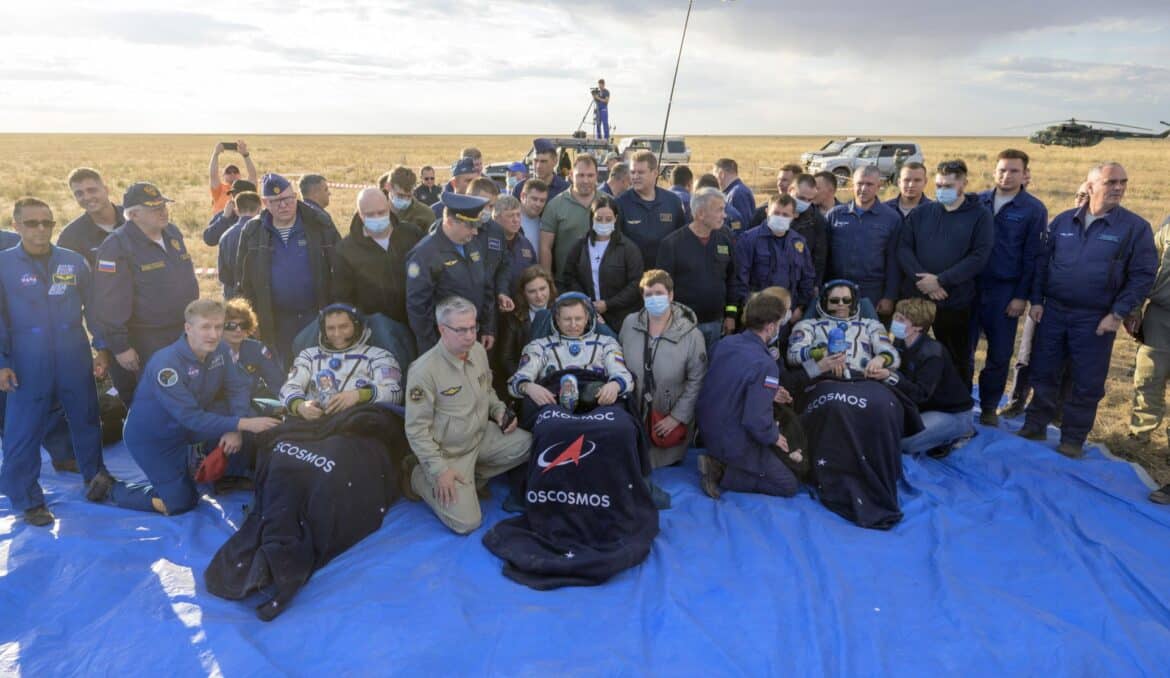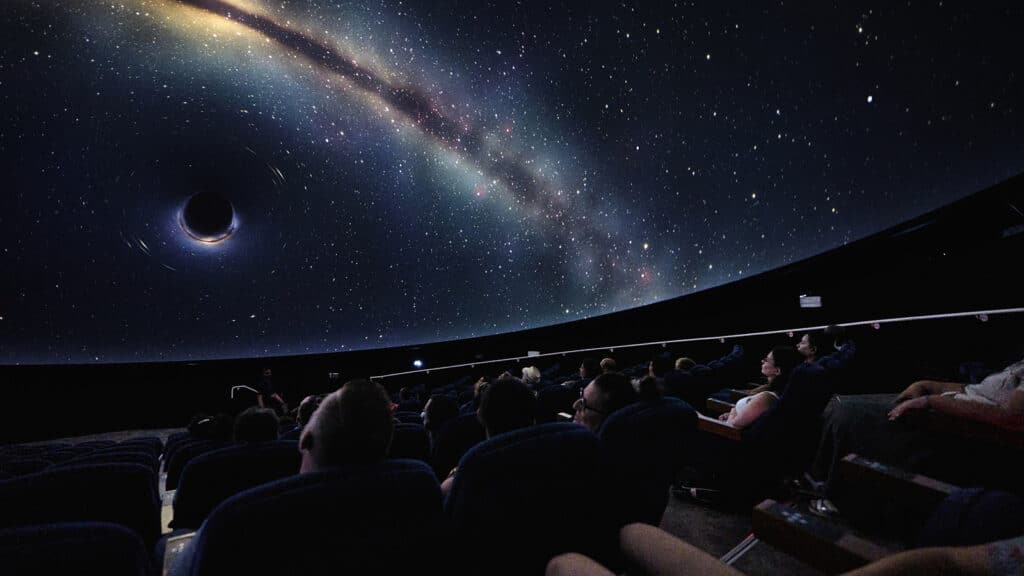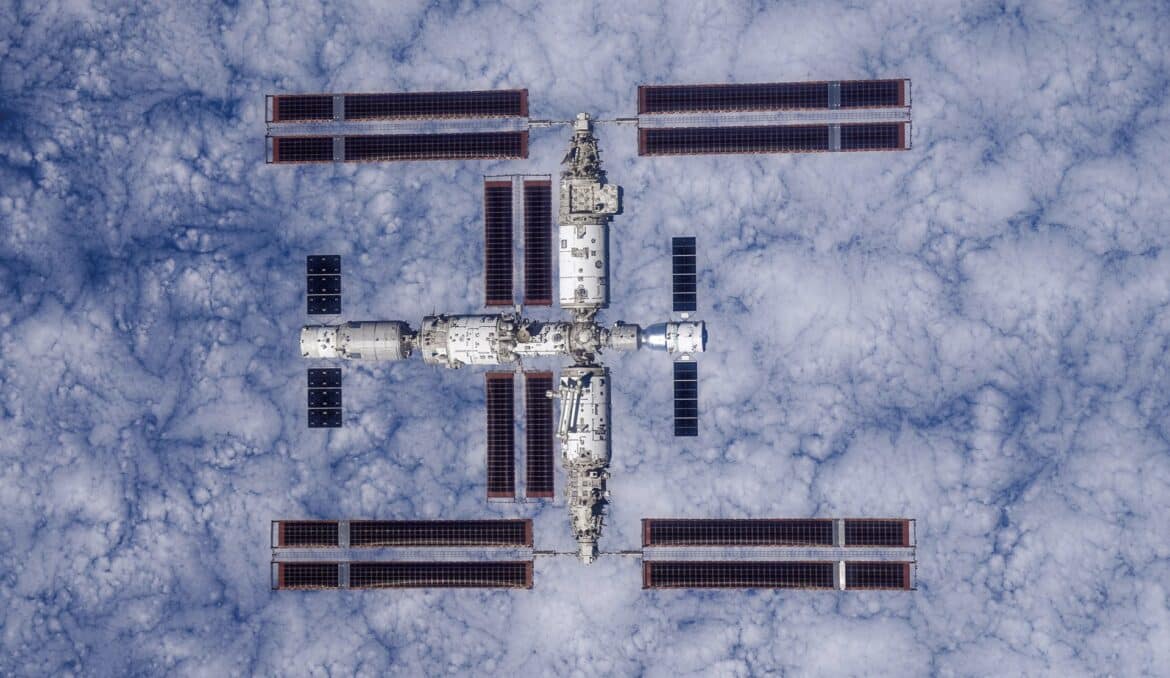

The Apollo 8 crew in front of their Saturn V rocket coming out of the gigantic VAB hangar at the Kennedy Space Center in Florida. From left to right: Frank Borman, James Lovell and William Anders.
© NASA
APOLLO 8 AROUND THE MOON
The next year, Frank Borman was named commander of the Apollo mission 8, along with his colleague from Gemini 7, James Lovell. The third astronaut was William Anders. America then feared that the Soviets could once again get ahead of them with a flight around our natural satellite, intelligence services having documented the development of the N1 rocket, similar in performance to Saturn V. The N1 flew four times automatically from 1969 to 1972 with as many failures, but in 1968 it was impossible to predict them.
Borman found himself not only at the head of the first crewed flight on Saturn V , but also the first to transport a crew well beyond Earth’s orbit to orbit the Moon. The three astronauts also became the first men to see with their own eyes (and not via images from robotic probes) the dark side of our celestial neighbour.
Apollo 8 took place from December 21 to 27, 1968, marking the first Christmas in space. On the 24th, Anders, Lovell and Borman took turns in that order reading live a passage from the Book of Genesis in the Bible. While the trio saw this reading as voluntary, it displeased American atheist activist Madalyn Murray O’Hair who took NASA to court for violating the First Amendment (freedom of religion) on the pretext that the space agency thus favoured a specific religion. It was dismissed a few years later by the Supreme Court.












